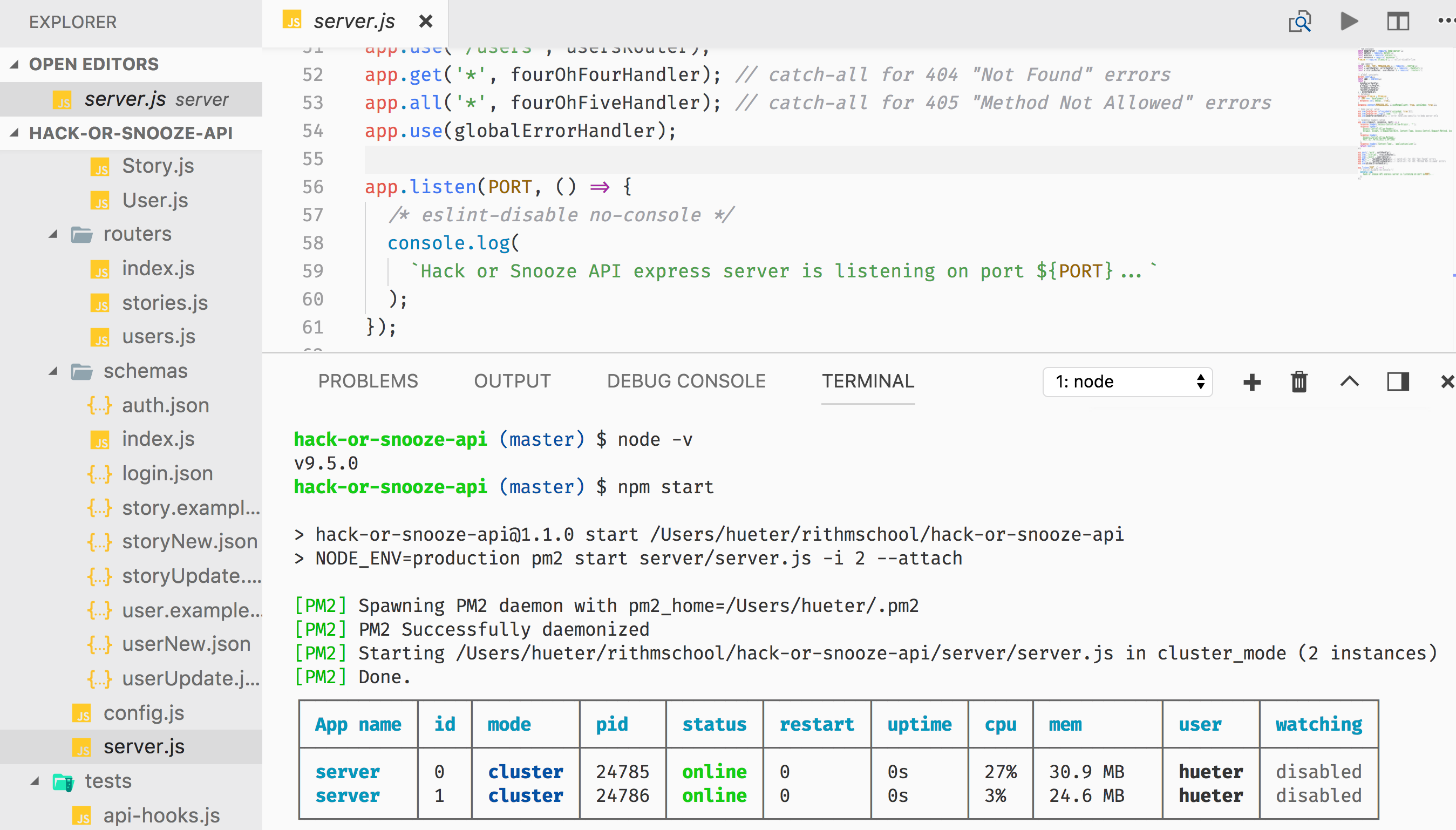
Result of appres XTerm xterm | grep geometry thanks to Gilles. or * it seems to only work with little xt. I can't do it now, but I might try to recompile the latest version to see if the issue is there.įollowing the suggestions by ILMostro_7 below I tried, which still did not work.
UXTERM VS TERMINAL INSTALL
apt-get update & apt-get install -only-upgrade xterm I tried upgrading xterm, but it is still 297. So, if that link is right, then yes, I am running different Xterm versions.
UXTERM VS TERMINAL HOW TO
I don't know how to tell Xterm version from Arch's repos, but maybe this: I don't have access to my Arch box at the moment, but it would be pretty up-to-date. Why is this the case? Does it maybe have something to do with new or old resources in X? Thanks! It baffles me that the config above works since it is syntactically off. I see examples with Xterm, xterm and XTerm online. X.org on xterm did not have any examples (searching for "xterm*" did not return anything on that page). Xresources to Ubuntu14 work box because parts of it stop working, and I get different setups after running: xrdb -merge. The same is true for URxvt terminal: I can't simply port my Arch. However, my Arch box runs on "xterm" fine. XTerm*scaleHeight: 1.3 ! <- but all others work with "XTerm" Xterm*VT100.geometry: 100x80 ! <- this line would not work with "Xterm" or "XTerm" However, I don't understand why sometimes configs work with Xterm and sometimes with xterm or XTerm (lower vs upper case x and t).įor example, I have this odd config that is working on Ubuntu: XTerm*faceName: terminus Hit enter and restart.Īnd that's it! Any issues or questions, add them to the comments below.After starting to use Arch I switched to xterm and urxvt terminal and enjoyed the flexibility of them (esp. Then go to 'Advanced Options', then 'Memory Split' and enter the amount you wish to provide. Gnome is quite gutsy, so ensure you give the GPU at least 256mb of RAM: sudo raspi-config Step 3 - Increase graphics memory allocation Aside from the Gnome desktop environment, there's a ton of dependencies required, so be patient. The installation process took me around 20 minutes, so go make a brew. You will see an asterisk (*) appear to notify it's selected. Use the arrow keys to go to GNOME and hit space. Run the following command: sudo taskselĪfter a short wait, you'll see the following screen: Install Gnome on Raspberry Pi 4 Now that Raspbian is all up-to-date, let's install Gnome.

UXTERM VS TERMINAL UPGRADE
Sudo apt upgrade -y Step 2 - Install Gnome on Raspberry Pi 4

Run the following commands to ensure Raspbian is fully up-to-date: sudo apt update -y

Also, your Raspberry Pi should be connected via ethernet as the installation process halts Wi-Fi part way though while a Wi-Fi package is installed. In addition, I recommend these commands are run from the Raspberry Pi itself and not from SSH. I recommend using the Raspbian Buster Lite image as a starting point as this doesn't have all the bloat that comes with the Desktop version of Raspbian. I recommend investing in either an USB external SSD drive or a high-quality USB Flash drive and following my tutorial in booting Raspbian from these devices on a Raspberry Pi 4. Whereas the Raspberry Pi 4 can run Gnome, it will be very slow when running from a MicroSD card. While much improved, the default Raspberry Pi Desktop is ugly and basic Prerequisites Numerous Wi-Fi and keyboard issues prevent Gnome working correctly. UPDATE: A few people have reported issues with the latest version of Gnome working with Raspberry Pi 4. In this tutorial, I will guide you through installing and running Gnome. For me, the default Raspbian Desktop environment is just too simplistic. For anyone who follows by blog, I am running ( ) to see if the Raspberry Pi 4 really can be used as a development desktop computer.


 0 kommentar(er)
0 kommentar(er)
